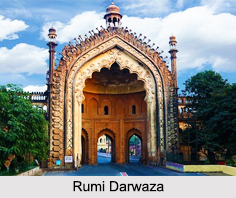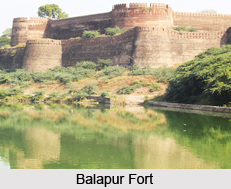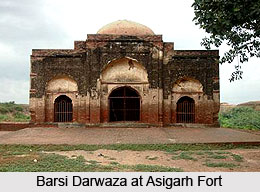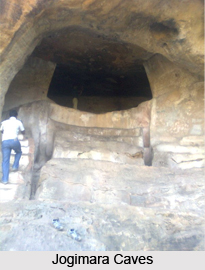 Rumi Darwaza is an imposing gateway in Lucknow, Uttar Pradesh which was built under the patronage of Nawab Asaf-ud-Daula in 1784. It has become a logo for the city of Lucknow. This massive gate is situated between Bara Imambara and Chota Imambara.
Rumi Darwaza is an imposing gateway in Lucknow, Uttar Pradesh which was built under the patronage of Nawab Asaf-ud-Daula in 1784. It has become a logo for the city of Lucknow. This massive gate is situated between Bara Imambara and Chota Imambara.
Rumi Darwaza used to mark the entrance to Old Lucknow City, but as the City of Nawabs grew and expanded, it was later used as an entrance to a palace which was later demolished by the British insurgents.
Etymology of Rumi Darwaza
The word "Rumi" means Roman. It is believed that the gate is called Rumi gate after a 13th century Muslim Sufi mystic, Jalal-ad-Din Muhammad Rumi. The Rumi Darwaza is also referred to as "Turkish Gate" because it bears a strong similarity in design to a gateway built in ancient Constantinople (today"s Turkey) called "Bab-i-Humayun".
Architecture of Rumi Darwaza
Rumi Darwaza is a fine example of Awadhi architecture. The structure goes up to a staggering height of 60 feet. The uppermost part of Rumi Darwaza comprises of an octagonal Chatri (Umbrella) carved beautifully that can be accessed by a staircase. Rumi Darwaza is adorned with wonderfully carved flowers and designs on the sides of the arch would release little jets of water. On top of the Rumi Darwaza was kept a huge lantern that would light up the structure at night making it look absolutely fabulous.
This article is a stub. You can enrich by adding more information to it. Send your Write Up to content@indianetzone.com.




